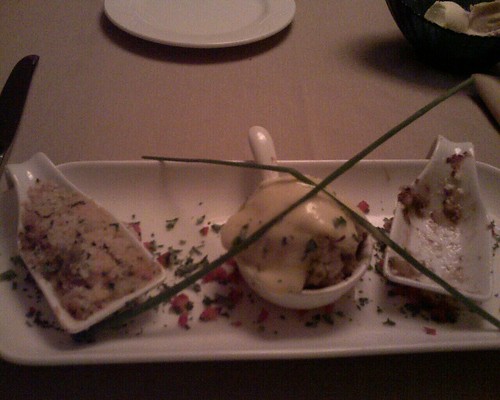Personal Safety for Librarians
Fred Vogt
This session started with a plug (that worked – I went out and bought it right after the session…) for Fred’s book, See Sally Kick Ass. This book, and his presentations, are designed to increase women’s safety in public places, including libraries. What I really enjoyed about the presentation were the *concrete* examples he gave.
The first thing he talked about was on crime statistics. St. Louis, where we are for the MLA conference, has a violent crime rate that is 4 times the national average. Makes me far less likely to go wandering around after dark outside of my hotel… He then talked about having a safety policy in place and what should be included in that policy. After that, he got specific and discussed librarian safety! The big takeaway, for me, from that section of the talk was to assume that patrons will comply with our – nonagressively phrased – orders and to walk away after we deliver them. This tied in nicely with the Customer Service workshop this morning into a cohesive set of instructions for, say, asking a patron to lower their voice. Don’t use “Your” or “You” right off the bat – say “please lower your voice” instead of “You need to lower your voice” – less aggressive and nicer – then walk away from the patron like you fully expect them to comply. That both provides a customer service orientation to the order and a safety component in that you aren’t there for them to argue with you and potentially become violent.
This was all followed by the four A’s of personal safety – Attitude (stand tall, walk confidently), Awareness (know what is going on in your environment), Avoidance (run away, run away…) and Action (fight back). Part of the “attitude” section dealt with how we stand when in confrontations. Standing with your right foot out about a foot and your right knee slightly bent makes you much harder to shove and makes you look more aggressive and able to fight. Also, part of the stance is to not stand directly in front of a potentially violent person. Stand 45 or 90 degrees off to their side so that they can’t just run at you in a straight line. All really good, practical, tips to use in any situation!
He finished up with some moves designed to break any kind of hold that a “bad guy” might get you into – either grabbing your arm(s), neck or from behind. We practiced those – my partner was Natasha, who is pregnant, so I didn’t practice very hard…. I’m not beating up a pregnant chick!
After the session, he was in the trade show area, selling and signing his book, so I got a signed copy for myself because I really did want to watch Sally kick some ass – and be prepared to do so myself if it becomes necessary!

